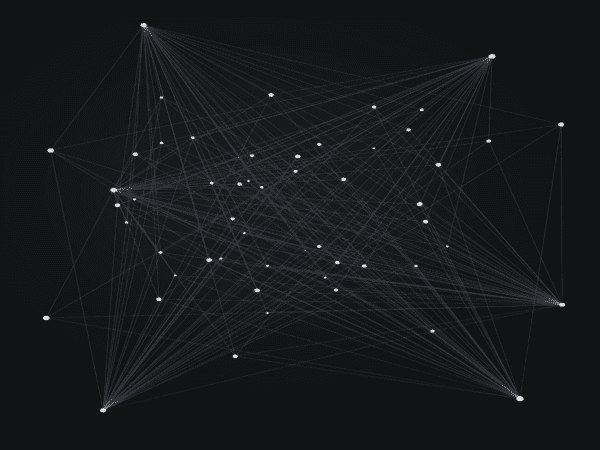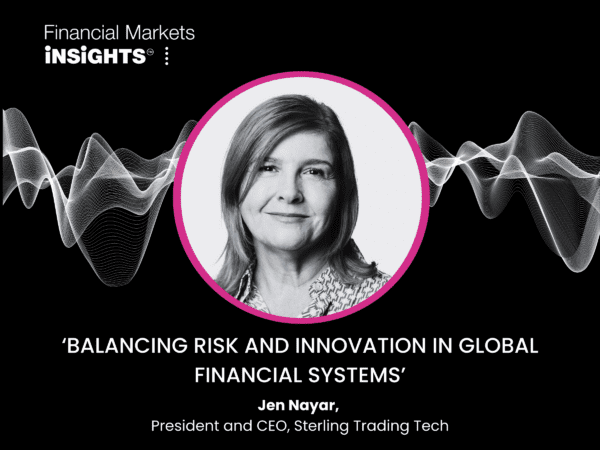Derivatives Trading in 2024: Opportunities and Data Scalability

Article Highlights
- The growth in trading activity is attributed to the retail investor segment’s growing appetite for derivatives trading, particularly in options with short settlement dates.
- With the proliferation of new derivative assets and instruments, there is increasing pressure on data sourcing and management processes, which are essential in the pre- to post-trade lifecycle.
- Specialised data providers are valuable as subject matter experts with knowledge and experience to assimilate new data and respond quickly to industry trends, movements, and changes.
The global Futures and Options market continues to grow exponentially, year on year, in terms of the absolute number and volumes of F&O instruments issued and traded, and especially the explosive growth in trading activity in newer markets. In the APAC region, for example, futures and options (and other derivatives) trading is gaining huge momentum and represents an increasingly large share of the ‘global derivatives wallet’. It is estimated that this region’s trading volumes doubled in 2023, with particularly significant activity in India and China. In India alone, activity on major exchanges including the National Stock Exchange leapt around 80% in equity-related derivative transactions (and around 30% for energy, agriculture and precious metals).
‘Explosive’ increase in Indian derivatives trading
According to Nikkei Asia – and remarkably – the National Stock Exchange of India is said today to account for 80% of all of the world’s equity options trading activity. Added to this is what is described in multiple news channels as ‘explosive growth’ in activity that can be attributed to the retail investor segment with its growing appetite for derivatives trading, particularly with respect to options with very short settlement dates. These transactions, many expiring on the same day that they are traded, are used to make fast and small ‘bets’ around key events, for example, the outcome of political elections or in anticipation of Central Bank announcements on interest rate movements. While India is streets ahead of its APAC neighbours in terms of derivatives trading activity, China and Japan are no slouches either, with traded volume increases of more than 20% apiece.
Further pressure on data sourcing and management processes
From a front end trading perspective, the proliferation of new derivative assets and instruments and access to new markets presents huge opportunities with respect to investment strategies and potential returns. From a transaction management perspective, however, it puts even further pressure on the data sourcing and management processes that are essential at every stage in the pre- to post- trade lifecycle.
Pre-trade, historical data is essential in market analysis that influences trading strategies, particularly algorithmic and automated strategies that consider multiple data references to inform trading triggers and directions. Analysts rely on historical trade data to identify trends and patterns that may influence future market direction – and in turn, associated trading decisions. Post-execution, trades must be reconciled and reported in different ways to different internal and external audiences – counterparties, clients and regulatory reporting venues.
Reference data is absolutely critical to this process – it is the essential data that makes sense of every trade and enables transactions to be decoded and interpreted across the trading cycle. At the same time, the multitude of data points required to identify different trading venues, counterparties, asset classes – and the complexity of the products, particularly in the derivatives market – creates a vast pool of reference data, which can be very tricky to manage. As observed in our previous articles, this complexity is exacerbated further by the lack of consistency – and indeed lack of industry standards – in the way any traded instrument might be described. Different venues and data aggregation services may call the same thing by a slightly – or entirely – different name.
To illustrate this point, a firm might be taking data from ICE, Eurex and the European Energy Exchange, and perhaps other consolidated feeds from big data aggregators, which may all be delivered in different formats that cause programming and processing headaches.
Still no sign of data standardisation
As Stephen Bruel, Coalition Greenwich, noted in a recent article (March 2024): “Derivatives are an integral component of the financial and asset management ecosystem and the potential for increasing volatility in an environment of elevated interest rates and economic uncertainty has shined a spotlight directly on the market structure that supports these instruments. Accommodating additional volumes and complexity requires an improved operating environment. [For] intermediaries in the derivatives market, the development and adoption of operational standards at the global level would be a game changer.”
In addition to a lack of standardisation in what things are called, financial intermediaries and counterparties have the added challenge of how they access data – for some banks this can mean having to have 100s of different feeds from multiple exchanges and venues and associated processes to assimilate the data and map vendor codes to various front, middle and back office applications. Trading businesses and firms can do this themselves, of course, by resourcing and building internal knowledge and expertise in these disciplines. In-house developers may be tasked with creating programmes to ingest and standardise data in multiple different formats. The challenge, of course, is the moving feast of trading venues, traded instruments and trading counterparties. There’s an element of Whackamole here – as fast as one data normalisation and mapping is resolved, another will have emerged.
Alternatively, firms can make life easier for themselves by connecting to a data provider like FOW to manage the data normalisation and mapping complexities, acting as a single source of data that can be relied upon as the ‘golden truth’ to support all of the workflows and processes in each trading business ecosystem. This approach mitigates concerns about the quality and integrity of the reference data being fed into the transaction lifecycle ‘machine’, removing a great deal of pain and effort from the data management process.
It’s also important to emphasise that because FOW focus specifically on futures and options reference data, we are a true ‘subject matter expert’ that has built up an enormous knowledge and experience base. FOW has a vested interest in ensuring we are always in step with industry trends, movements and changes, and able to respond quickly to seamlessly assimilate new data, and data fields, into our service mix, normalised and standardised as required to deliver the data to our customers.
Providing a single set of normalised, pre-formatted and even pre-mapped data for multiple exchange and trading venue feeds simply makes more sense, not least because of the benefits of scale that can be delivered in terms of adding new venues and instruments into the mix.







